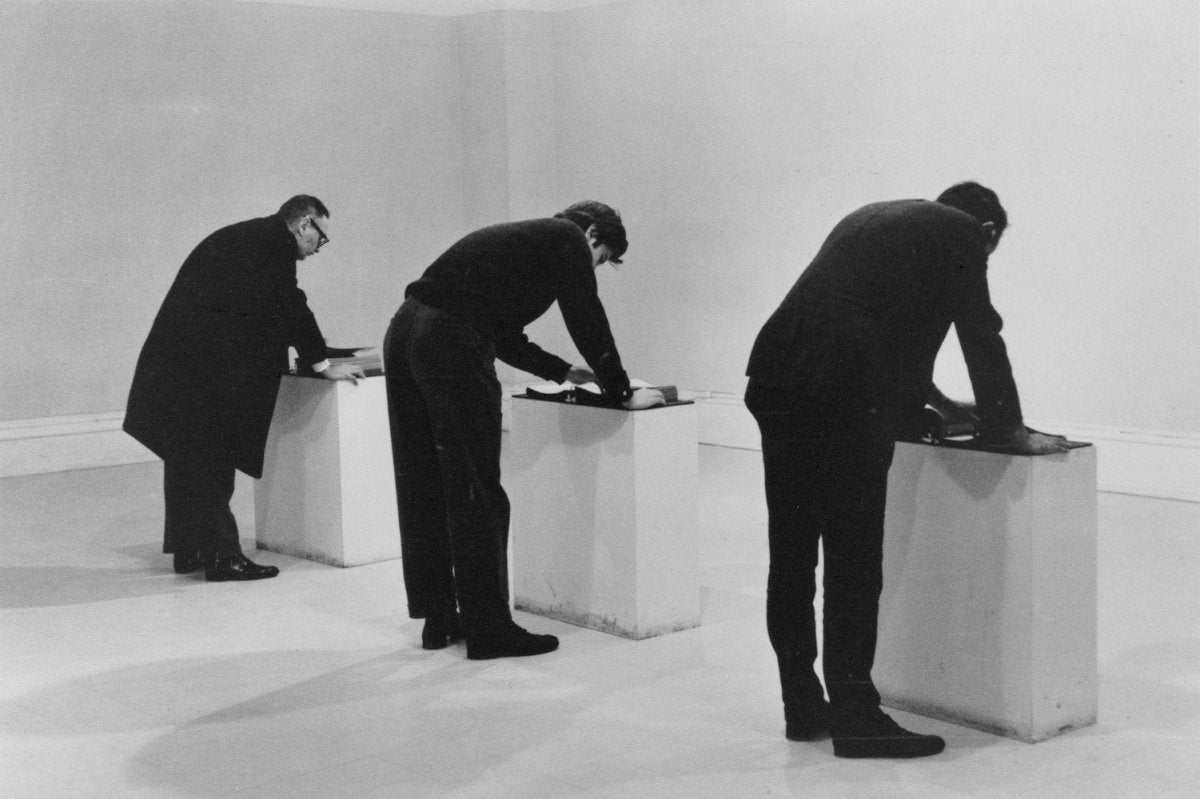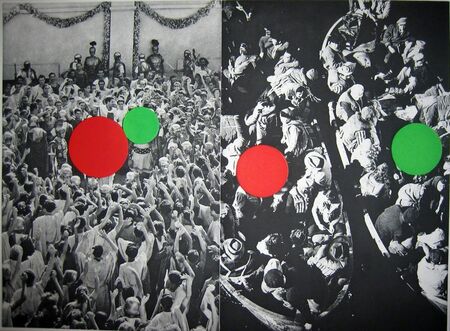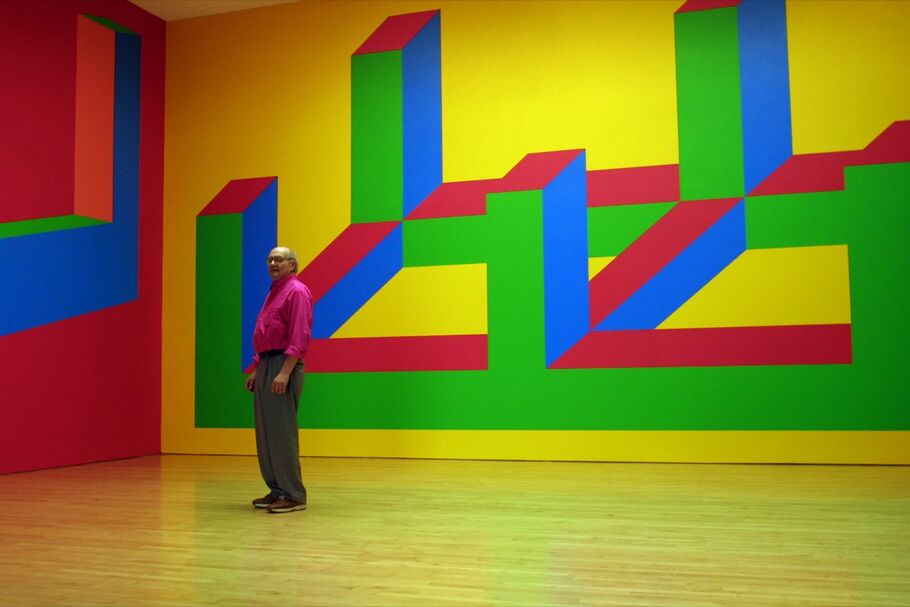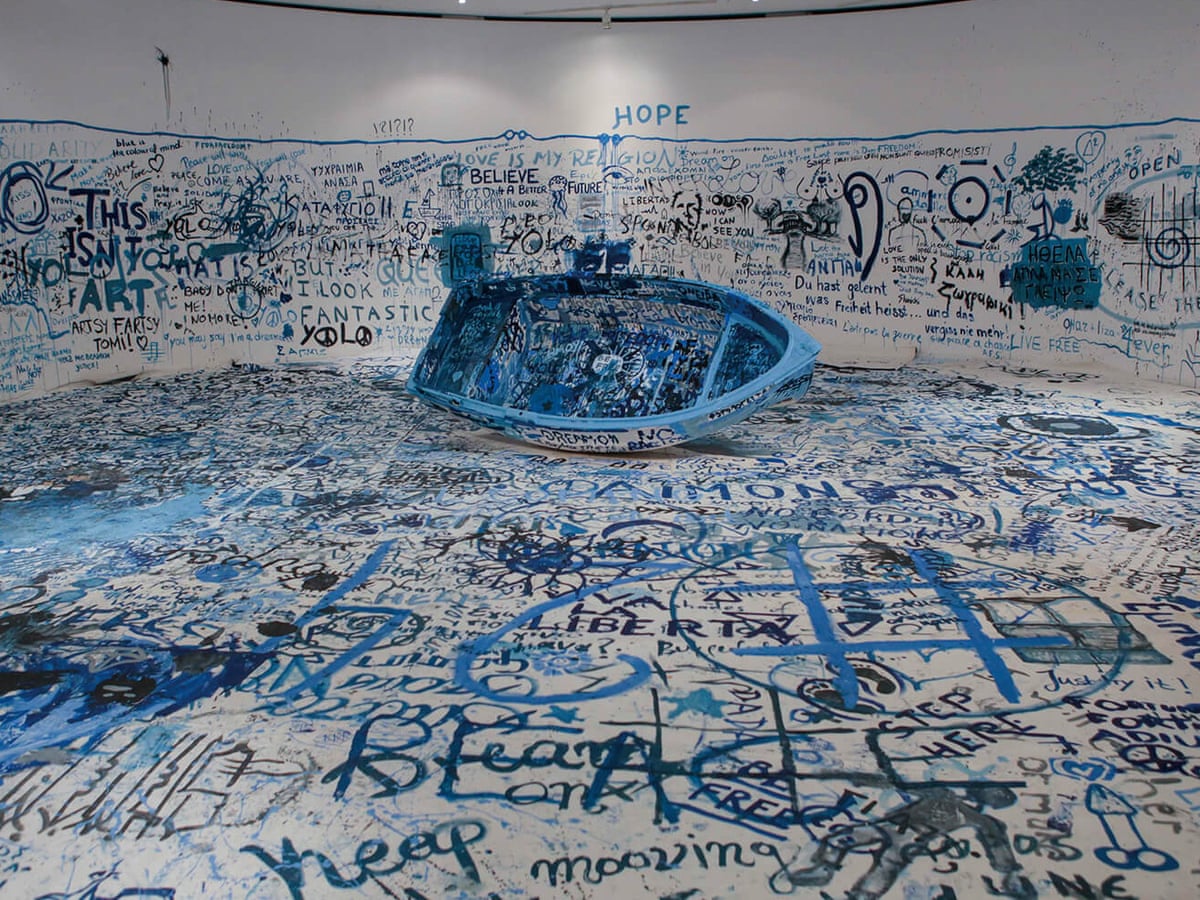Understanding Conceptual Art: When Ideas Take Center Stage

Conceptual art has its own position in the broad and dynamic realm of contemporary art. It is intensely cerebral, intriguing, and frequently elusive. The idea or concept is given precedence above all other considerations in Conceptual Art, in contrast to traditional art forms that place more emphasis on workmanship or visual beauty.
This blog will examine the fundamentals of conceptual art, its background, important artists, and the reasons it keeps pushing the boundaries of what we classify as "art."
What is conceptual Art
Conceptual art, often known as "Conceptualism," is a style of art in which the idea or concept of the piece is prioritized over conventional aesthetic and material considerations.
To put it another way: the art is the idea. The ultimate physical shape, if any, is merely incidental or even unimportant.
For example, the renowned artist Sol LeWitt once said:
"The idea becomes a machine that makes the art."
Accordingly, the procedure, plan, or set of guidelines may hold greater significance than the actual implementation.

Origins and Historical Background
Conceptual art first appeared in the 1960s and peaked in the 1970s. Its ascent was accompanied by a more general cultural change: artists were protesting against the commercialization of art, disputing the idea that art must be a beautiful thing in order to be purchased and sold, and opposing the authority of galleries.
Influences and Forerunners
Marcel Duchamp, who is frequently referred to as the founder of Conceptual Art, established the foundation with his "ready mades" such as Fountain (1917), a porcelain urinal bearing the name "R. Mutt." In order to answer the question, "What makes something art?" Duchamp presented a commonplace item as art.
Minimalism and the Dada movement were also major influences in encouraging artists to embrace abstraction, irony, and anti-art emotions while rejecting conventional methods.

Key Characteristics of Conceptual Art
The idea is the main focus, which is one of the essential characteristics of idea-driven conceptual art. Execution can be straightforward or completely left to others.
Dematerialization: A large number of conceptual works of art are not tangible items. They could take the shape of written words, directions, images, or performances.
Criticism of the Art World: Conceptual art frequently makes observations on authorship, institutional frameworks, and the commercialization of art.
Interdisciplinary: It incorporates ideas from politics, science, linguistics, philosophy, and other fields.
Interpretation of the Audience: It is frequently necessary for viewers to participate intellectually, interpreting the concept for themselves.
Notable Conceptual Artists

Sol LeWitt dwarfed by his Wall Drawing No. 993, at the Margo Leavin Gallery, Los Angeles.
Sol LeWitt
Well-known for his "Wall Drawings," Sol LeWitt made them with simple, accessible directions. emphasized that the idea underlying the work was more significant than the person who carried it out.

Joseph Kosuth, One and Three Chairs, 1965, Museum of Modern Art.
Kosuth, Joseph
His 1965 work One and Three Chairs explores the relationship between language, image, and object by including a chair, a picture of the chair, and the description of "chair" from a dictionary.

by Yoko Ono Photograph: Yoko Ono
Ono Yoko
Her instructional pieces, which frequently address societal themes, combine performance and thought. One such piece is Cut Piece (1964), in which the audience cuts away her garments.

Installation view of Lawrence Weiner
Weiner, Lawrence
created text-based pieces that use poetic or educational language, such as "A 36'' x 36'' removal from a wall to the lathing or support wall of plaster or wallboard." The painting is finished by the imagination of the viewer.
Iconic Conceptual Works
A series of works known as "Date Paintings" by Kawara are iconic conceptual paintings that include a date painted in white on a black background. A reflection on existence and time.
Damien Hirst: "The Physical Impossibility of Death in the Mind of Someone Living" : An animal shark in formaldehyde. Although it is more closely linked to Young British Artists (YBAs), conceptualism is the foundation of the work's idea-driven style.
Criticism and Disputation
Critics of conceptual art are not nonexistent. Opponents contend that:
For general audiences, it is either too complex or unreadable.
Frequently, it is not well-crafted or skilled.
It is considered gimmicky or pretentious by some.
However, proponents contend that this kind of art:
releases art from the limitations of materiality.
provokes discussion and critical thinking.
challenges the established hierarchies of power in the art industry.
Conclusion:
A Different Perspective Conceptual art may not provide instant visual satisfaction, but it does pave the way for profoundly novel insights about expression, creativity, and value. It democratizes art by placing more emphasis on ideas than on outward aspects, making it about thinking as opposed to merely seeing.
So the next time you enter a gallery and find a pile of bricks on the floor or a statement on the wall, don't merely inquire, "What is this?" Yet, "What is this attempting to convey?"
The trick lies in answering that question and how you respond to it.
Join our classes to enhance & improve your memory skills and let your child unlock the power to retain information from every moment of his/her life!
